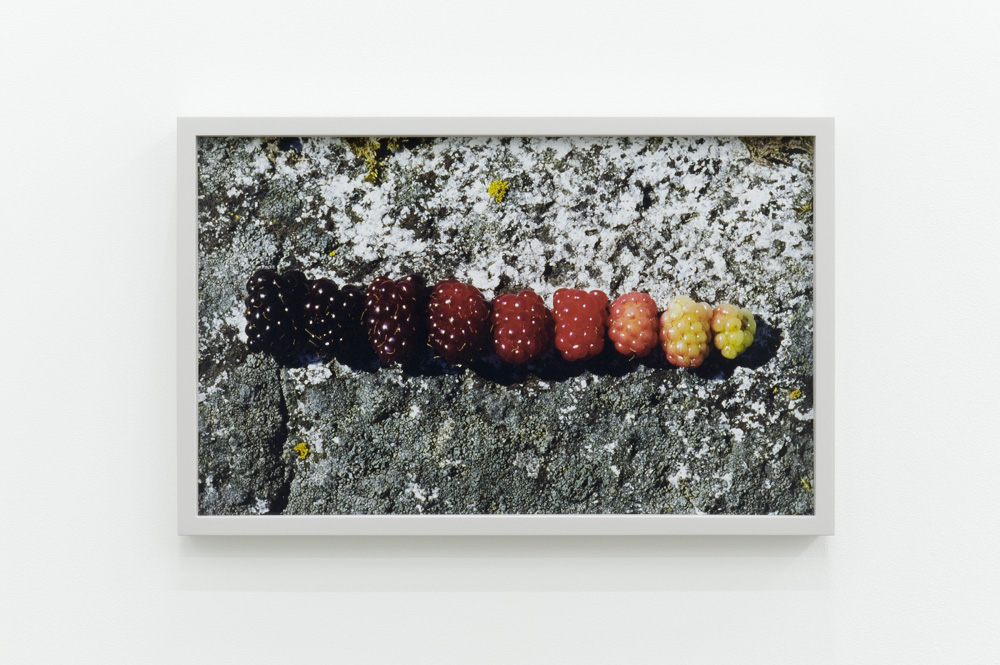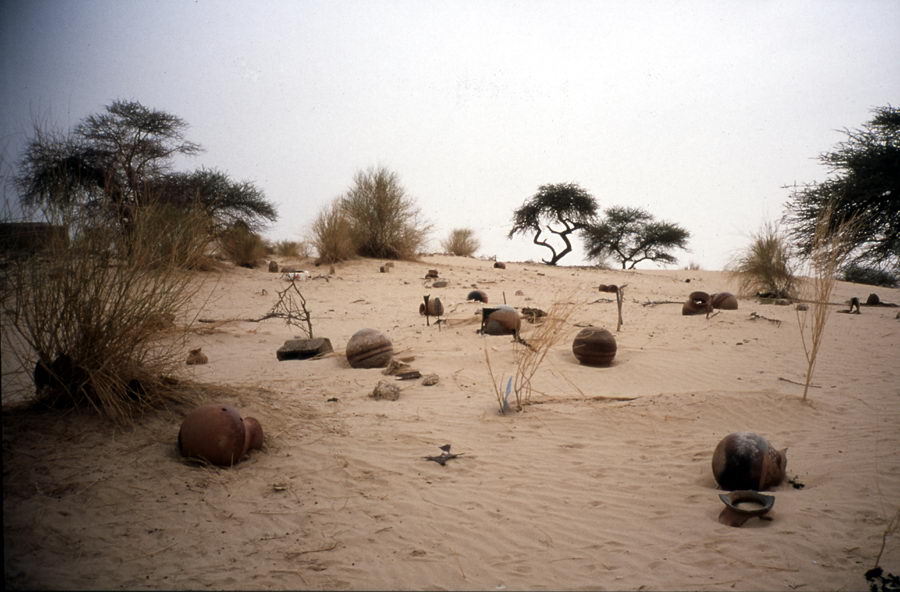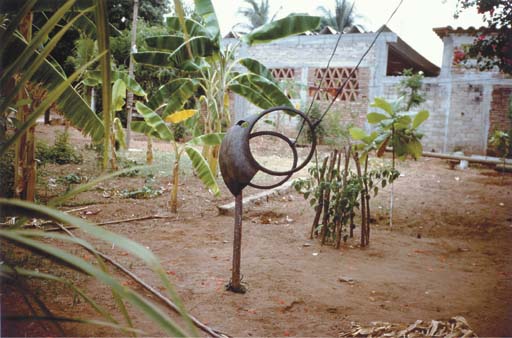Untitled (Sten-Frenke House #04)
2007 - Photography (Photography)
Luisa Lambri
Custom-built for a silent film star in 1934 in Santa Monica, the Sten-Frenke House is an idiosyncratic icon. Designed by the architect Richard Neutra, its gray glass, white expanses, and simple forms exude austerity. Luisa Lambri’s photograph Untitled (Sten-Frenke House #04) (2007)recalls the unembellished elegance of the structure while also alluding to modernist painting; the image is less a picture than an abstract expanse that conveys its own flatness. Whereas avant-garde paintings strove to suggest nothing but their own essence, Lambri inverts this aim, using the two-dimensionality of the photographic print to point elsewhere.
Rudolph Schindler’s designs, part of a practice he called “Space Architecture,” marry interior with exterior and space with light. The architect’s longtime studio and residence, which he built in Los Angeles in 1922, exemplifies this philosophy, and has since become an influential part of the modernist architectural canon. In Untitled (Schindler House #01) (2007), Luisa Lambri describes Schindler’s studio by capturing its aftereffects—the play of light and shadow cast through branches onto a surface. The photograph is an ethereal portrait of Schindler’s work and ethos, evoking the building without actually depicting its concrete slabs and untreated wood.
Colors:
Related artist(s) to: Luisa Lambri » Stefano Arienti, » Arabella Campbell, » Candida Höfer, » Enrique Metinides, » Fiona Tan, » Francesco Bonami, » Gabriel Orozco, » Giuseppe Gabellone, » Guillermo Calzadilla, » Hiroshi Sugimoto

© » KADIST
Arabella Campbell
2011In Gradation (2011), nine raspberries lined up on a lichen-dotted rock progress from left to right, dark to light, plump and juicy to not-yet-ripe...

© » KADIST
Gabriel Orozco
1992Gabriel Orozco often documents found situations in the natural or urban landscape...

© » KADIST
Gabriel Orozco
2002Gabriel Orozco comments: “In the exhibition [Documenta 11, Kassel, 2002], I tried to connect with the photographs I took in Mali in July...

© » KADIST
Gabriel Orozco
1994Charco portátil congelado (Frozen Portable Puddle, 1994) is a photographic record of an installation of the same name that Gabriel Orozco made at Witte de With Center for Contemporary Art in Rotterdam for the group exhibition WATT (1994)...

